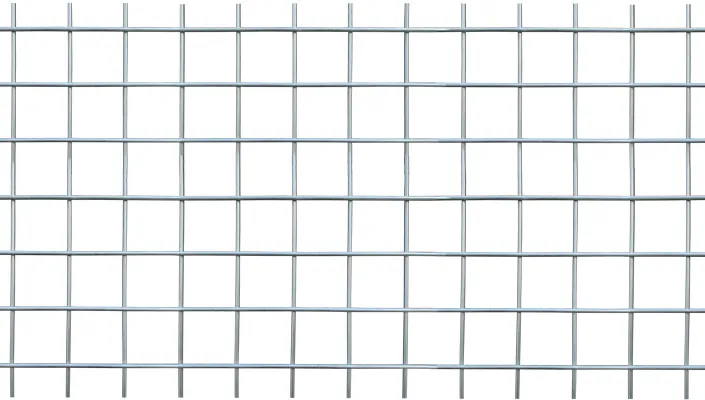Exploring Various Types of Nails Commonly Used in Carpentry and Woodworking Projects
Types of Nails for Wood in Carpentry
When it comes to carpentry, the choice of nails is as critical as the wood itself. Nails are the fundamental fasteners that hold wooden structures together, and selecting the right type can significantly impact the strength and longevity of a project. With many different kinds of nails available, understanding their specific applications, materials, and sizes is essential for any carpenter. This article explores the various types of nails used for wood in carpentry, highlighting their unique characteristics and recommended uses.
Common Types of Nails
1. Common Nails Common nails are the standard choice for rough framing. They have a flat head and are typically longer than other types, providing exceptional holding power. Common nails are usually made of steel and come in various lengths, making them suitable for attaching wooden beams and structural elements.
2. Finishing Nails Finishing nails are thinner and shorter than common nails, designed for attaching trim and molding without leaving large holes. Their smaller head allows for a neater appearance, and they can be driven slightly below the surface to be filled with wood putty. This type of nail is perfect for detailed work where aesthetics are important.
3. Brad Nails These are even thinner and shorter than finishing nails, making them ideal for lightweight trim work and delicate projects such as cabinetry. Brad nails are usually used with a brad nailer, allowing for quick and precise placement without damaging the wood.
4. Box Nails Box nails are similar to common nails but thinner, making them less likely to split the wood. They are primarily used for lighter duties, such as in the construction of box frames or in woodworking projects where less holding power is needed.
5. Siding Nails Specifically designed for exterior applications, siding nails often come with a wider head to provide better holding strength when attaching siding to a house. They are usually galvanized or coated to resist rusting and corrosion, ensuring long-term durability in outdoor conditions.
carpentry types of nails for wood

6. Roofting Nails This type of nail features a large flat head and a smooth shank, making them optimal for securing roofing materials. Roofing nails are often galvanized to protect against the elements and can withstand harsh weather conditions.
7. Decking Nails Designed for outdoor applications, decking nails are engineered to hold deck boards securely. They are often coated to resist rust and may come with a specialized head to counteract the splitting of hardwoods.
8. Masonry Nails Though this type is primarily for use in attaching wood to masonry, they can be used in specific carpentry projects where wood needs to be secured against brick or concrete. Masonry nails are tough, often made from hardened steel, and feature a unique design that helps them penetrate hard surfaces.
Choosing the Right Nail
Selecting the appropriate type of nail depends on several factors including the materials being joined, the project's purpose, and the desired aesthetic outcome. For instance, using a finishing nail on a rough framing project might not provide the holding strength needed, and using a common nail for delicate trim might ruin the finish.
In general, it's recommended to consider the following
- Material For indoor projects, coated nails are often sufficient, but outdoor projects may require galvanized or stainless steel nails to avoid rust. - Size The nail's length and thickness should be appropriate for the thickness of the materials being joined. - Type of wood Hardwoods may require different types of nails than softwoods to avoid splitting.
In conclusion, understanding the various types of nails in carpentry is essential for achieving secure and aesthetically pleasing results in woodworking projects. By choosing the right nail for the job, carpenters can ensure that their constructions are strong, durable, and visually appealing.
-
Space-Saving Chain Fence Hacks Vertical Gardening with Cyclone MeshNewsJul.16,2025
-
Innovations in Iron Nail Wire Production for Modern ConstructionNewsJul.16,2025
-
Creative Uses of Wire Netting Fence in Modern Landscape DesignNewsJul.16,2025
-
Barbed Wire Fence Innovations in Anti-Climb TechnologyNewsJul.16,2025
-
Architectural Uses of Umbrella Nails for Aesthetic Roof DesignsNewsJul.16,2025
-
Architectural Uses of Razor Barbed Wire in Secure Urban DesignNewsJul.16,2025




